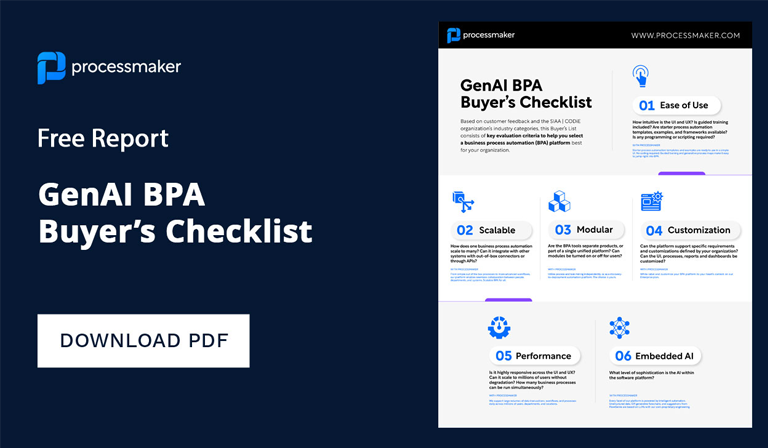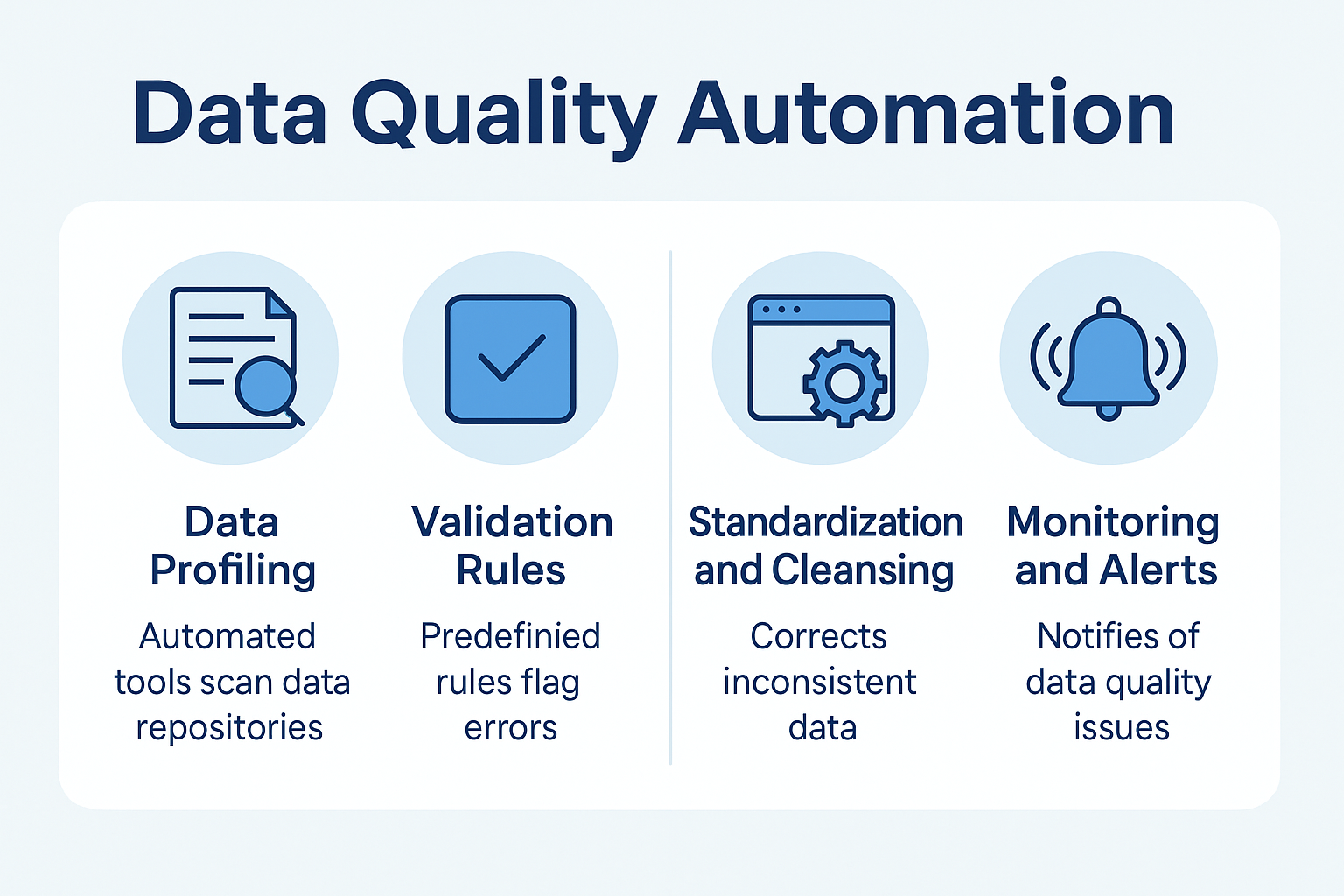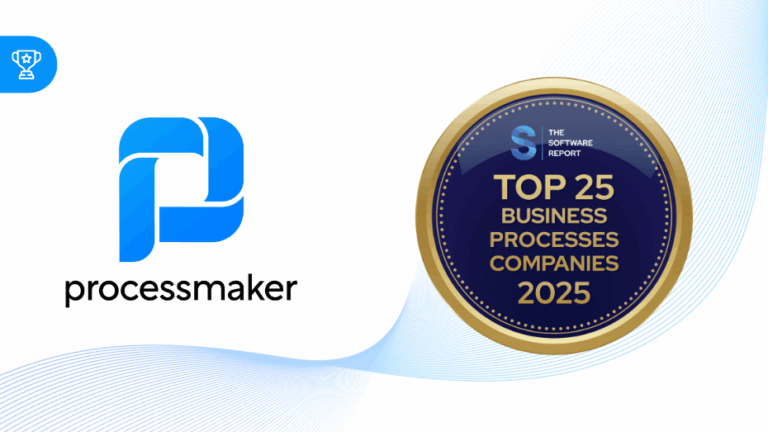Negotiating contracts is critical to business success, as the terms of the agreement spell out the details of high-value transactions. A single misstep can result in serious financial loss. Historically, the contract management process has been ad-hoc, with various areas of the organization following different guidelines. Most final documents were paper-based and copies stored in dusty file cabinets.
Outdated methods of contract management workflow allow important details to be overlooked. Fortunately, advances in contract management lifecycle software have changed how business is done. The new technology automates processes across the organization, standardizing best practices company-wide.
Contract Management Process Overview
Finding common ground between two or more parties is the essence of contract negotiation. Generally, the process includes both internal and external stakeholders:
- Internal parties representing the business, for example, experts from the Legal, Contracting, Sales and Finance departments
- External parties with whom the organization wants to do business, for example, vendors, suppliers, distributors, clients, employees, and freelancers
Negotiation requires to give and take, which means that over the course of conversations, proposed contract terms are likely to change many times. Effective contract management processes rely on contract templates and process management software to seamlessly integrate the demands of internal and external parties during negotiations. Once an agreement is reached, the finished document is automatically generated.
Automation of contract management workflow relies on the integration of four factors: the needs of internal and external parties, process management software, contract templates, and the actual contracts. Building an efficient contract management process requires planning, design, and implementation of standardized procedures that consider both expected and unexpected events that come up while creating and issuing contracts.
How to Start Building Your Process
Begin building your process by identifying the internal and external parties that play a role in creating and negotiating contracts, no matter how minor. Consider departments that aren’t directly involved in the process, even if they are only present to view rather than participate. For example, the Finance Department typically wants visibility into any purchases you make.
Categorize external parties, so that recurring differences in contract negotiations with each category can be accounted for in your process. This is typically achieved through the use of customized contract templates.
After you have identified all parties, carefully define parties’ individual roles in the process. Note who is responsible for each task and when tasks must be performed. This way, it is possible to streamline the entire process from beginning to end. Keep in mind that some departments, such as Legal, may be involved in the process more than once. For example, Legal may provide advice during the beginning stages of negotiation, then take responsibility for approving the final contract.
Creating and Using Templates in the Contract Management Process
Identifying parties involved and documenting the tasks required in contract negotiations gives you a foundation for the contract management process. The next step is developing templates so the process can be automated.
Begin by evaluating all existing contracting processes, then categorize each by the following criteria:
- Level of Risk
- Value to the Organization
- Routine Processes vs. New/Infrequent processes
Your templates will be based on how each process is measured against these factors. For example, contracts that involve high risk, high value or new/infrequent processes are likely to be re-negotiated multiple times. Therefore, your template will include very little detail, resembling an outline more than a finished document. On the other end of the spectrum, low risk, low value or routine processes can often be recorded in a more complete template. In many cases, it is possible to automatically generate a contract for these situations, saving time.
Templates can be further refined based on category by considering the following:
- Which clauses in the contract are most likely to be renegotiated and which clauses are likely to remain unchanged? Expand the template in areas that are likely to remain unchanged.
- Where can legal language be replaced with plain English? The simplifying text makes contracts more accessible, minimizing the need for explanation and lowering the risk of misunderstandings.
- Which contracts are routine? These typically do not require negotiation and can be automatically completed by contract management software.
Using Process Management Software to Automate the Contracting Processes
Once you have completed the process design face and created contract templates, your process management software can be used to partially or completely automate the contracting process. Specifically, input documents can be uploaded to the process, so all information related to the contract is stored in one place. As a result, negotiations and resulting contracts are transparent and easily accessible to anyone authorized to view the information in the system.
Contract management software will also output documents, automatically generating contracts using information provided earlier in the process. System capabilities include the option to automatically send documents to outside parties through email.
Additional benefits of automating the contract process through process management software include:
- Versioning of Contracts – Users can track their changes, making it easier to write templates and improving the accuracy of audit trails.
- Accessibility – All authorized personnel can immediately access process documents, facilitating communication between departments and allowing for real-time adjustments.
- Security – Process Management software maintains all data secure storage, protecting business and client data. Viewing of the process/contract is restricted to personnel with the proper permissions.
- Exporting – Process data can be extracted from the processes to reporting tools like Excel, allowing users to view trends in pricing, expenditures, etc.
ProcessMaker’s contract management software provides all of the features you need to automate, as well as additional features specifically designed to streamline the process. If you’re interested in simplifying your contracting process, visit ProcessMaker today for your free trial.





